
Trees of the genus Adansonia They are among the most impressive that we can see. Their trunks grow like pillars, often thickening so much that it would be impossible for one person alone. But perhaps that is why they are so popular, since it must also be said that their growth rate is very slow; so that they can be grown in pots for years.
These magnificent plants typical of tropical and subtropical regions produce large flowers, thus attracting various pollinating insects such as bees. And it is something they do every spring, yes, only when they reach adulthood.
Where do baobabs live and what climate do they need?
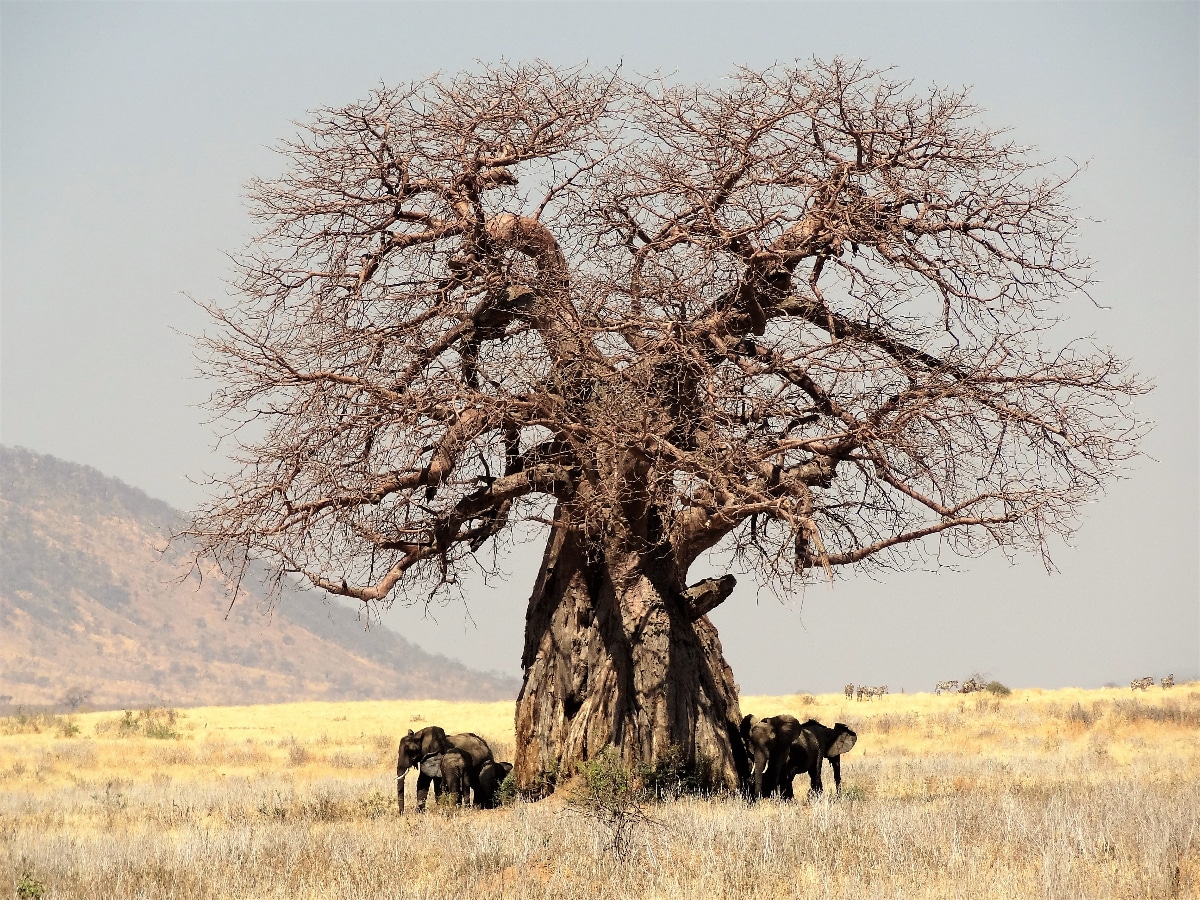
Trees of the genus Adansonia are known by the name of baobab, which comes from the Arabic (buhibab) meaning "father of many seeds." On the other hand, the scientific name is Michel Adanson, a French botanist who lived between 1727 and 1806. But, leaving taxonomy aside a bit, we have to talk about one of the doubts we most ask ourselves when we want to cultivate them.
Well then. Baobabs or Adansonia are plants that live in the semi-arid regions of Africa, Madagascar, and Australia. The climate must be tropical or subtropical, without frosts, and with annual rainfall of between 300 and 500mm.. The moderately acclimatized specimens may resist temperatures of up to -1ºC, but from my own experience I recommend keeping them protected from them since later, during the spring, it is difficult for them to resume their growth.
As for the soil, it must be porous and light, capable of quickly draining the water, because otherwise the roots of these trees will not support it. Moreover, before planting them in the garden, it is highly recommended to dig a hole of at least 1m x 1m, and fill it with substrates such as the pumice (for sale here). If you are going to have them in a pot, this will also be very useful for them to grow properly.
What are the general characteristics of the Adansonia?
The Adansonia or baobab they are deciduous trees, which shed their leaves in the dry season (or fall / winter, if grown in temperate climates). Their trunks are usually very large, bottle-shaped, and from them sprout leaves composed of 5 to 11 green leaflets.
Its flowers are hermaphroditic, with an average size of 10 centimeters, and of different colors: white, cream, orange. The fruit is a thick berry or capsule that contains numerous seeds with a shape similar to that of a kidney or a pear.
What is the name of the baobab fruit?
The fruit of the baobab is known as monkey bread or bouy. It can measure between 10 and 45 centimeters, and has a pulp that can be consumed without problems. In fact, it is usually eaten as if it were a candy. Now, it is used more to make an energy drink due to its vitamin and mineral richness and its high fiber content.
How many types of baobab are there?
Although the most who least knows the African baobab, there are other types of Adansonia. They are as follows:
Adansonia digitata
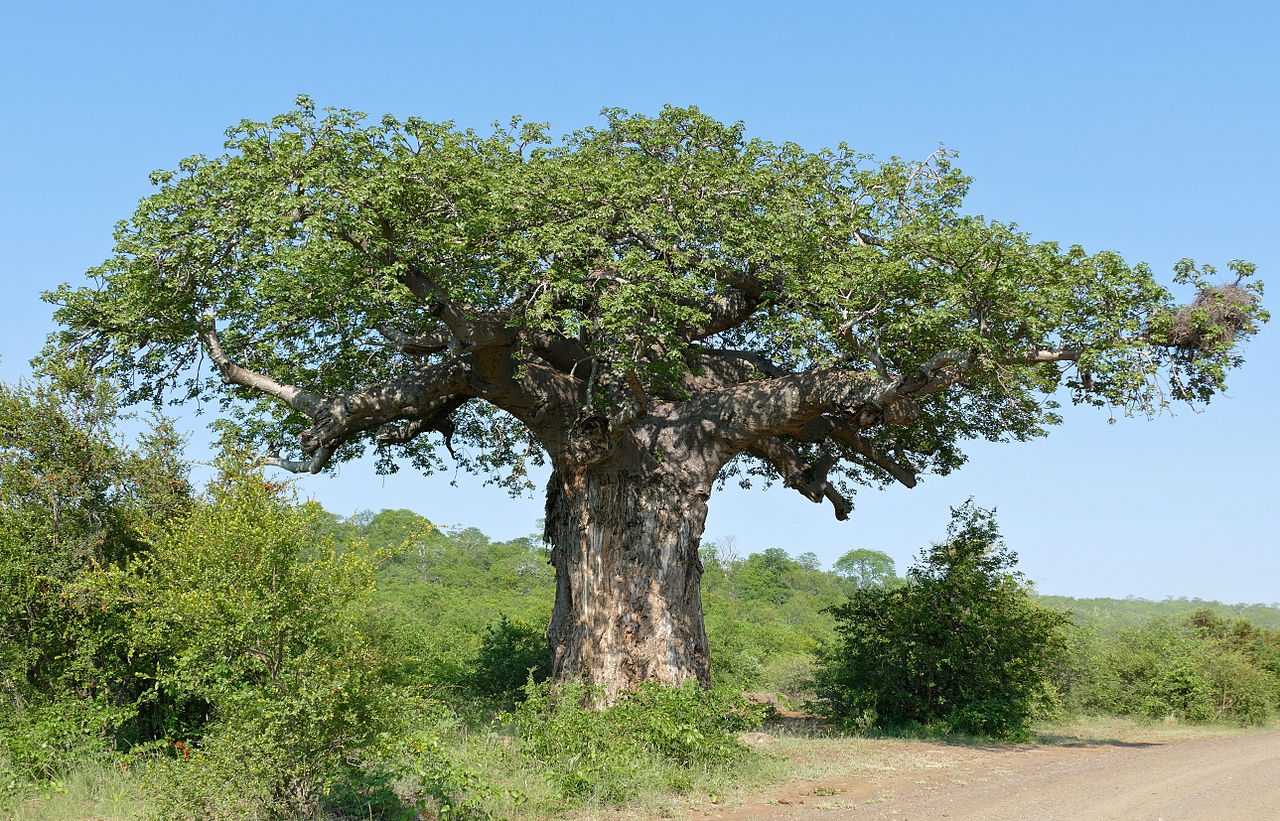
Image - Wikimedia / Bernard DUPONT from FRANCE
Known as baobab or monkey breadfruit, is an endemic tree from the south of the Sahara (Africa). It grows up to 25 meters in height, and develops a trunk whose circumference is 40 meters or more. It produces very large white flowers and fruits that resemble small melons. It has a life expectancy of 4000 years.
Do you want seeds? Buy them here.
Adansonia grandidieri

Image - Wikimedia / Bernard Gagnon
It is the tallest and most slender baobab species, with a height of up to 30 meters (rarely 40 meters), and a cylindrical trunk »only» 3 meters in diameter. Its flowers are creamy-white in color, and very aromatic. The fruits are ovoid, and rich in vitamin C.
It is in danger of extinction.
Adansonia gregorii
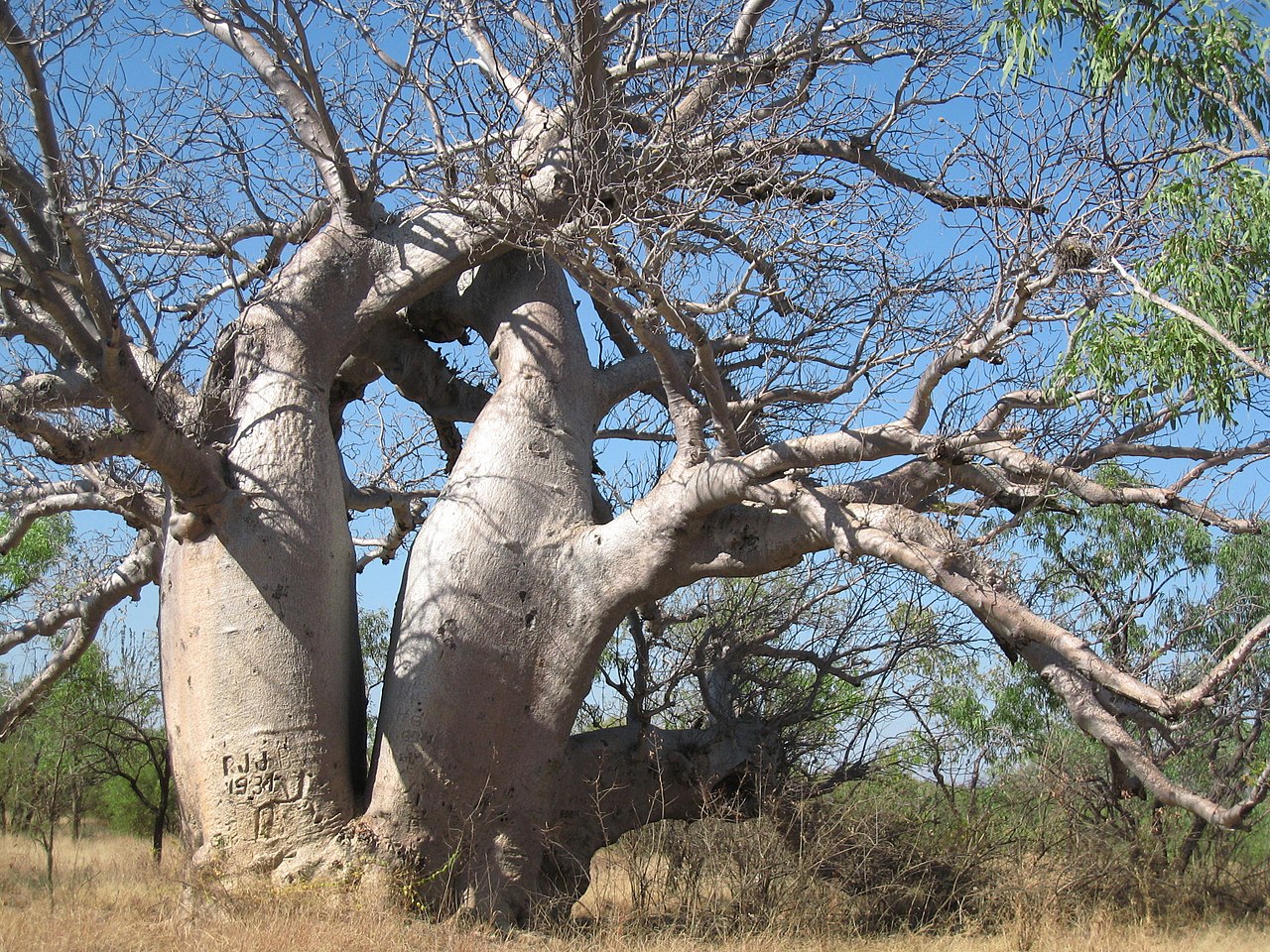
Image - Wikimedia / MargaretRDonald
It is an indigenous tree of Australia, so it could be called the Australian baobab, although its other common name is more used: boab. It grows between 9 and 10 meters in height, and the base of its trunk can exceed 5 meters in diameter. Large white flowers sprout in spring.
Adansonia madagascariensis
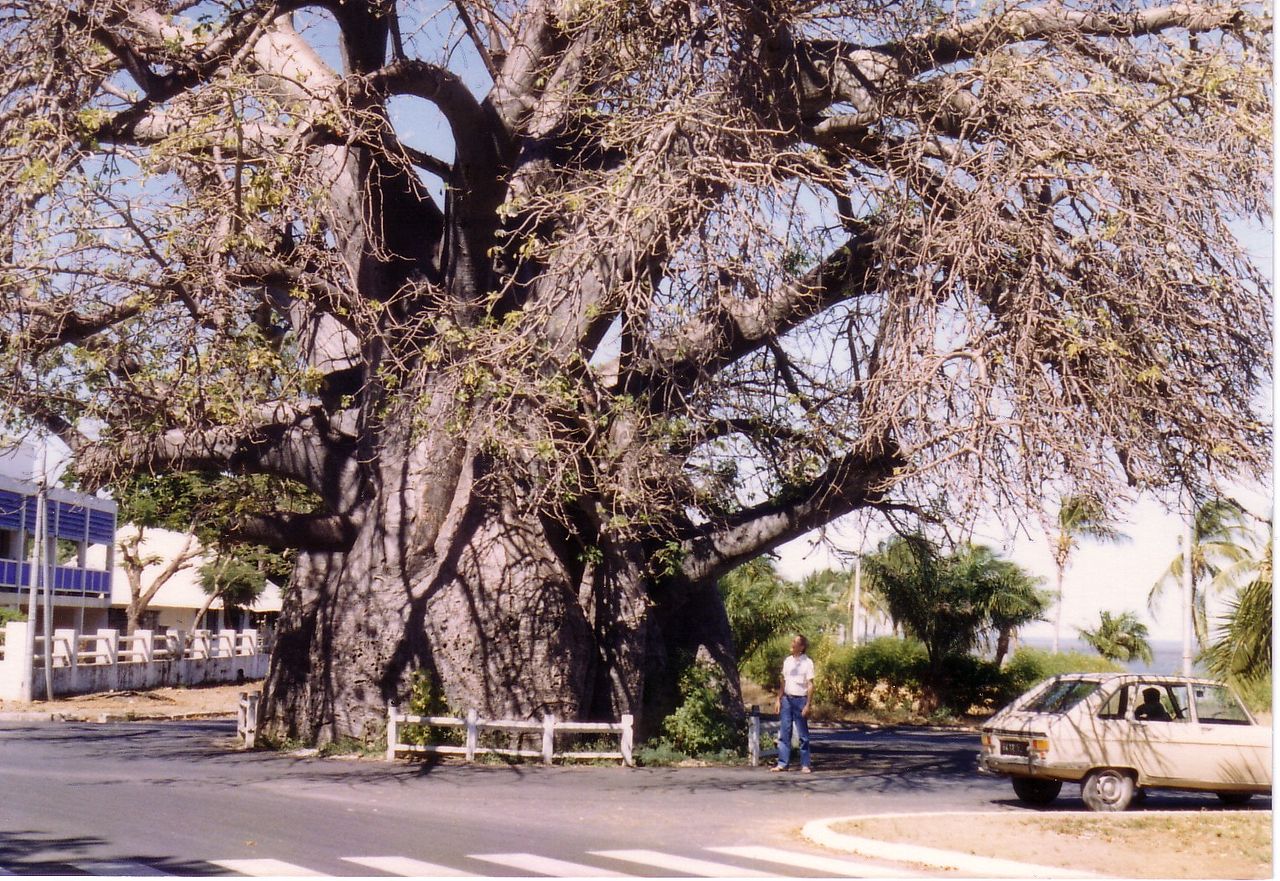
It is an endemic Adansonia of Madagascar, growing between the 5 and 25 meters high, with a trunk thickness of more than 6 meters in diameter. The flowers appear in spring, and are pink in color.
Adansonia rubrostipa
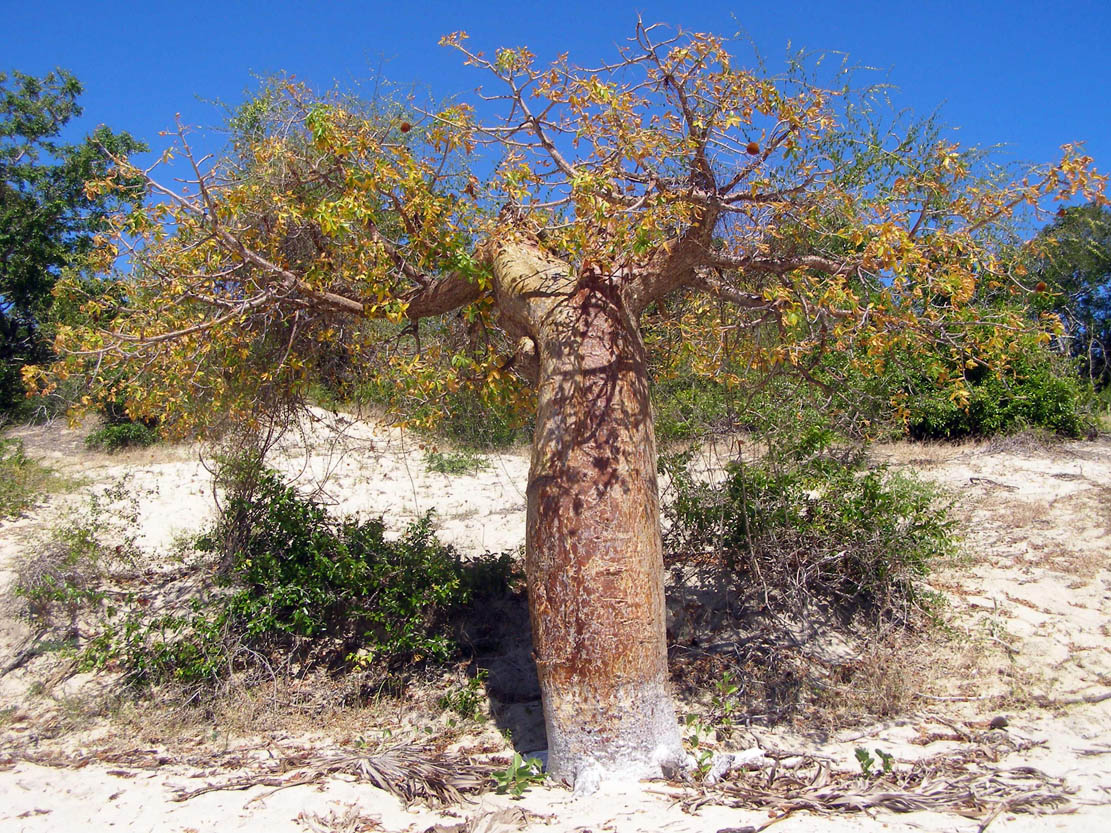
Image - Wikimedia / C. Michael Hogan
Now its scientific name is Adansonia fony var. rubrotype. It is the smallest of all baobab, reaching a height of 4 to 5 meters, although it can reach 20 meters. It is native to Madagascar, and blooms in spring.
As a curiosity, say that lemurs are animals that love to eat their fruits.
adansonia suarezensis
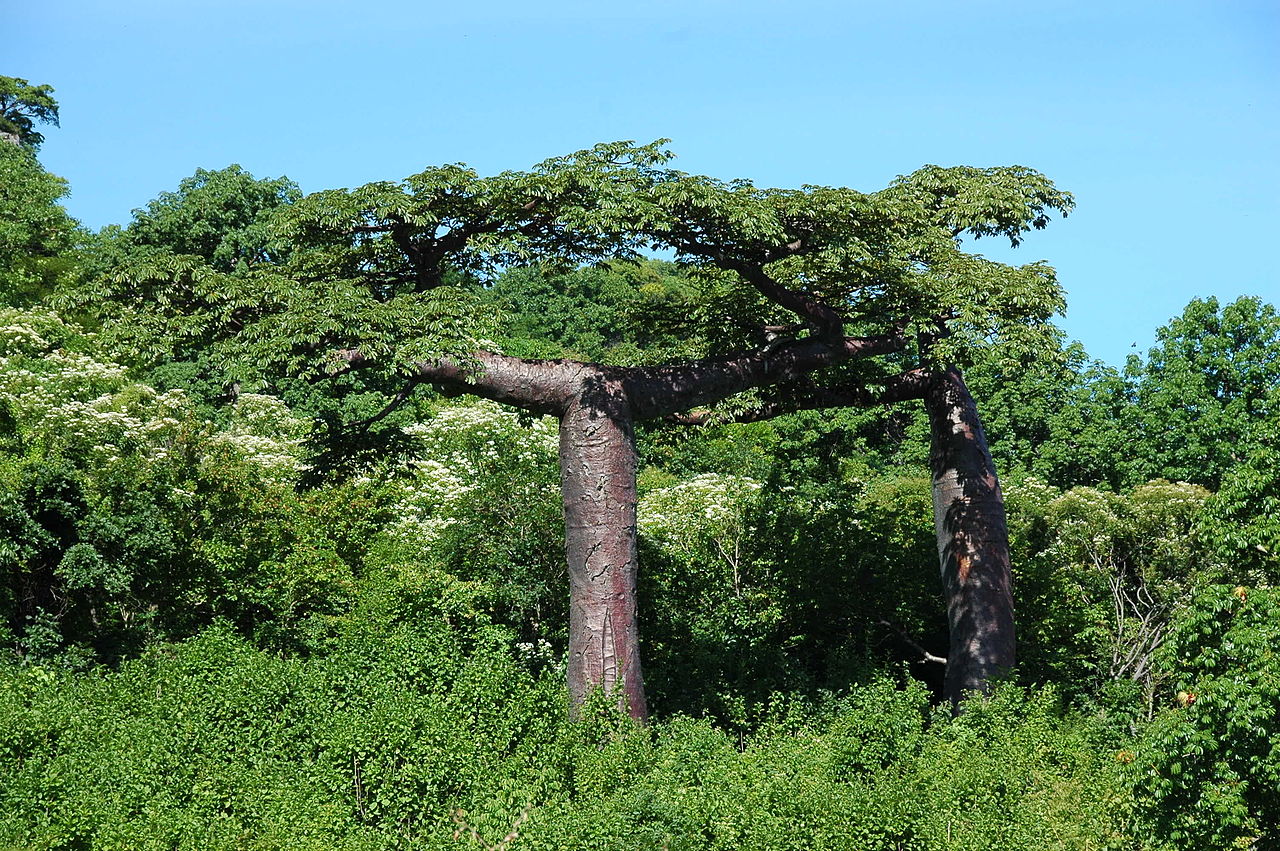
Image - Wikimedia / masindrano
Known as the Suarez baobab, it is a tree native to Madagascar that reaches a height of up to 25 meters. Its trunk is not very thick: it measures up to 2 meters in diameter. Each spring they produce flowers of good size, and aromatic.
It is in danger of extinction.
adansonia za
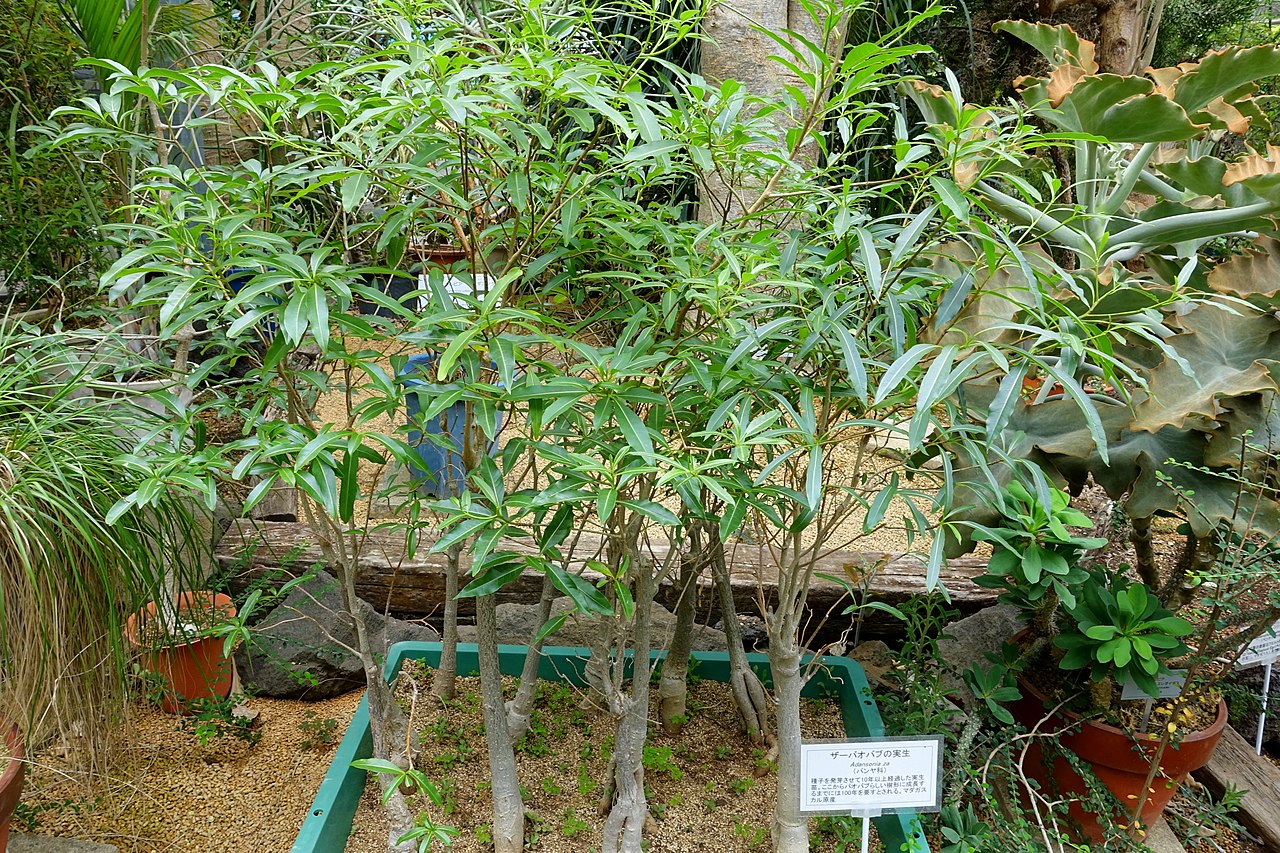
Young specimens.
It is a species native to Madagascar that reaches a height of 30 meters. Its trunk is thick, up to 10 meters in diameter. The flowers are orange and bloom in spring.
Get seeds No products found..
What did you think of the Adasonia?